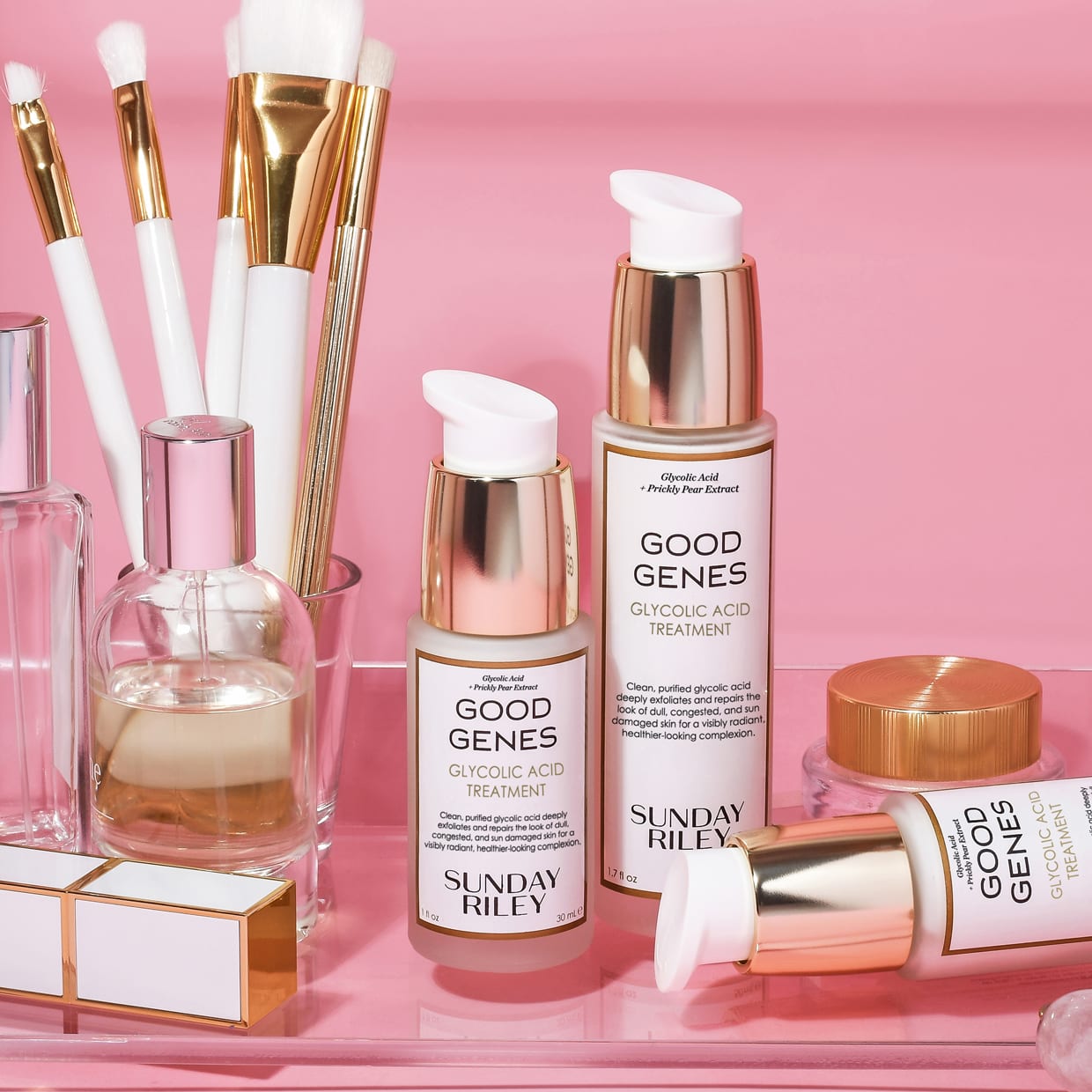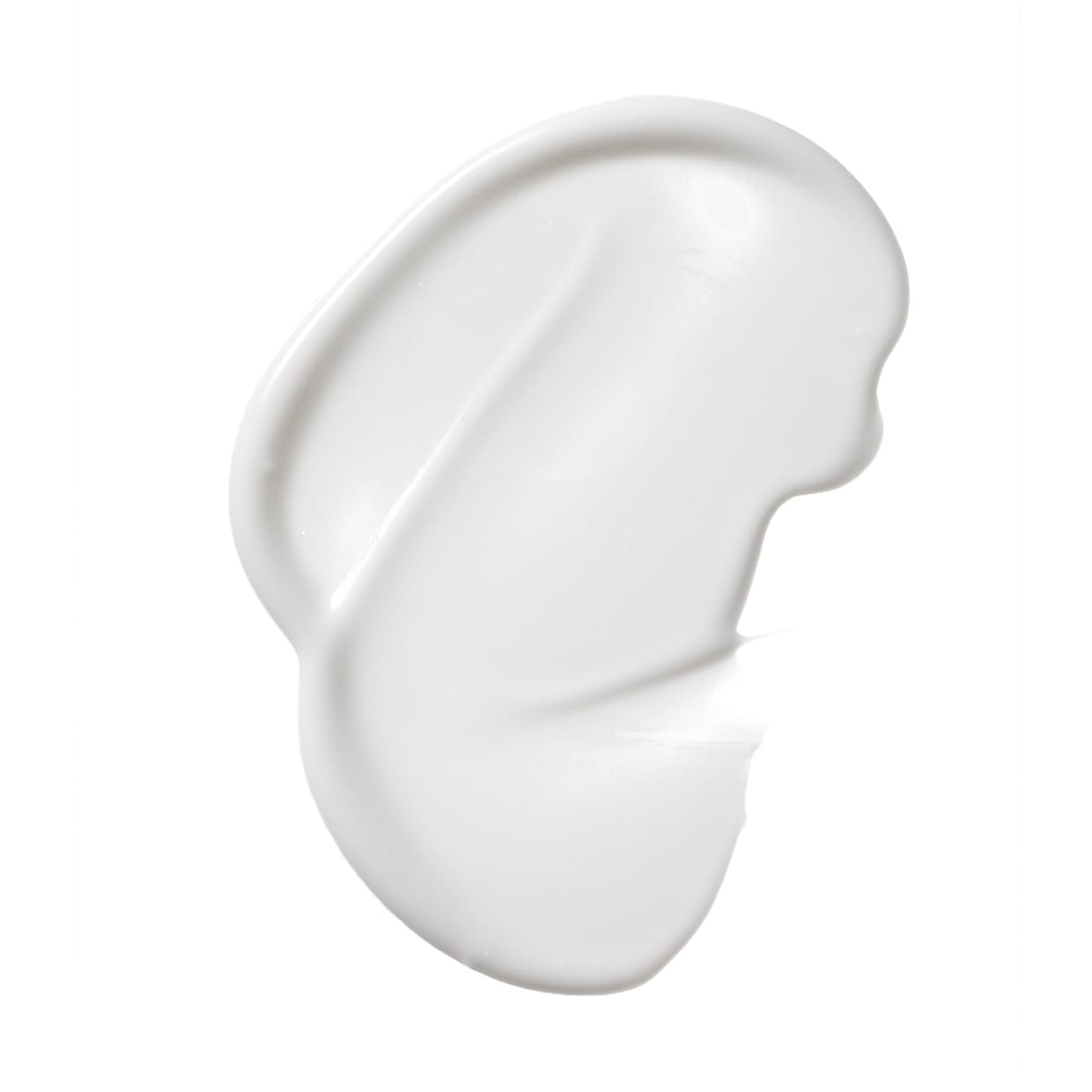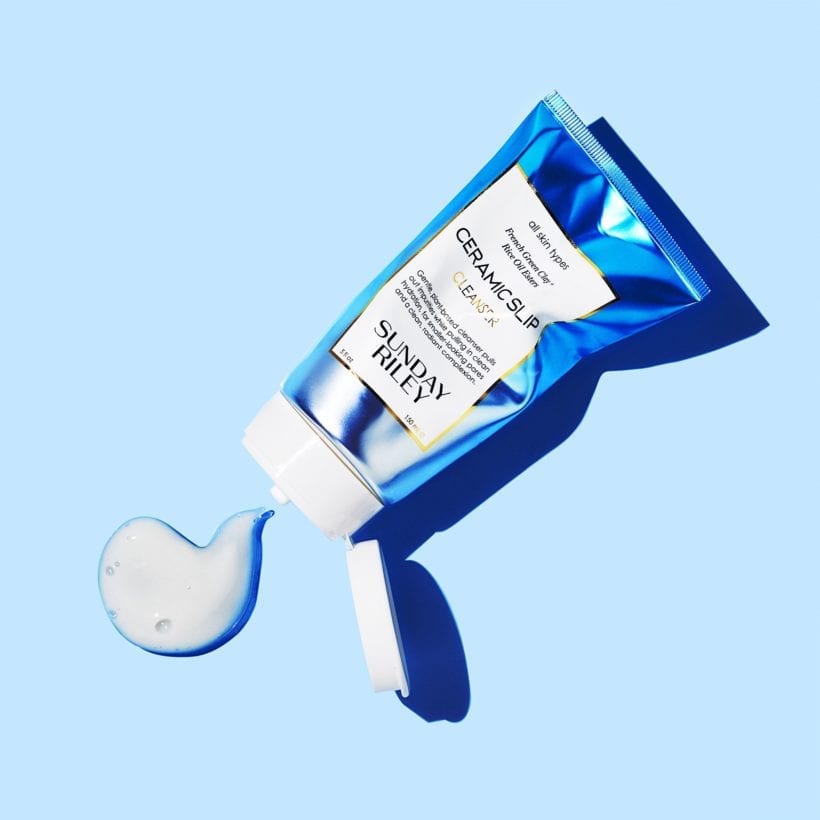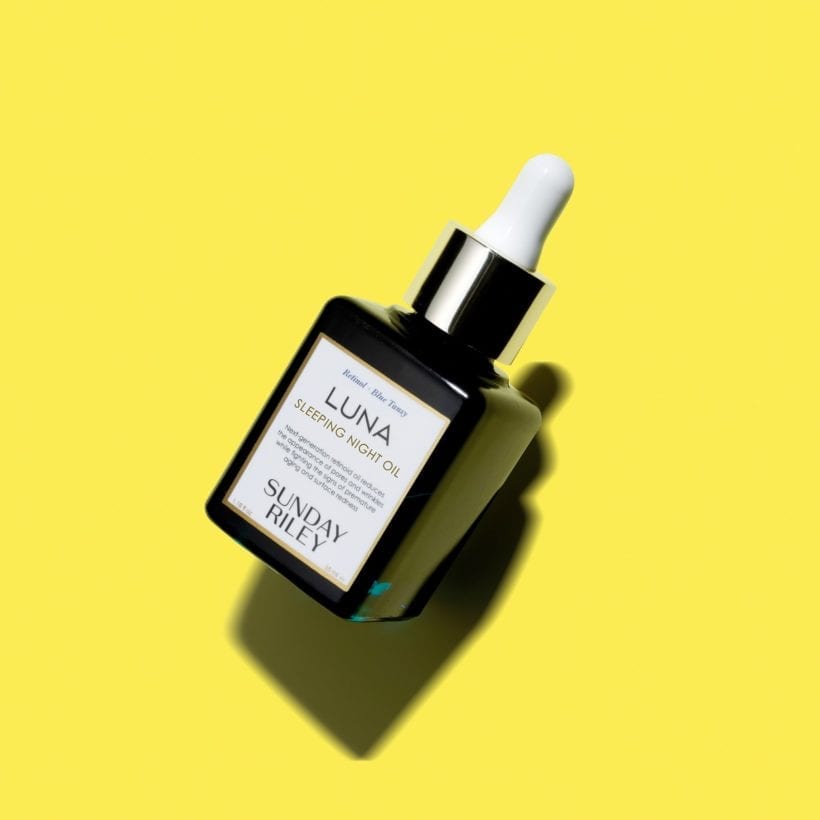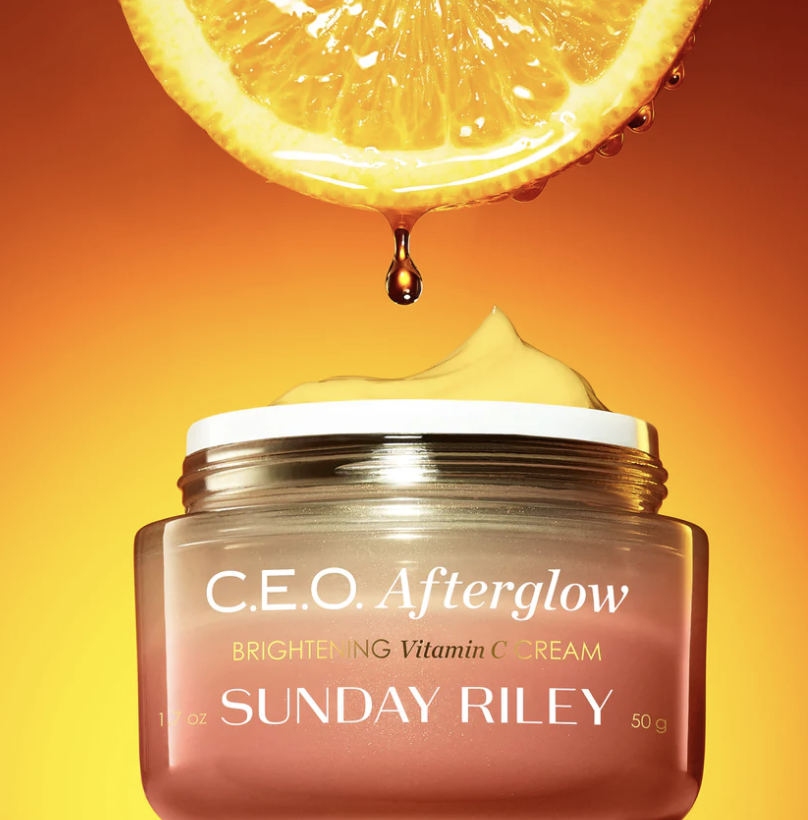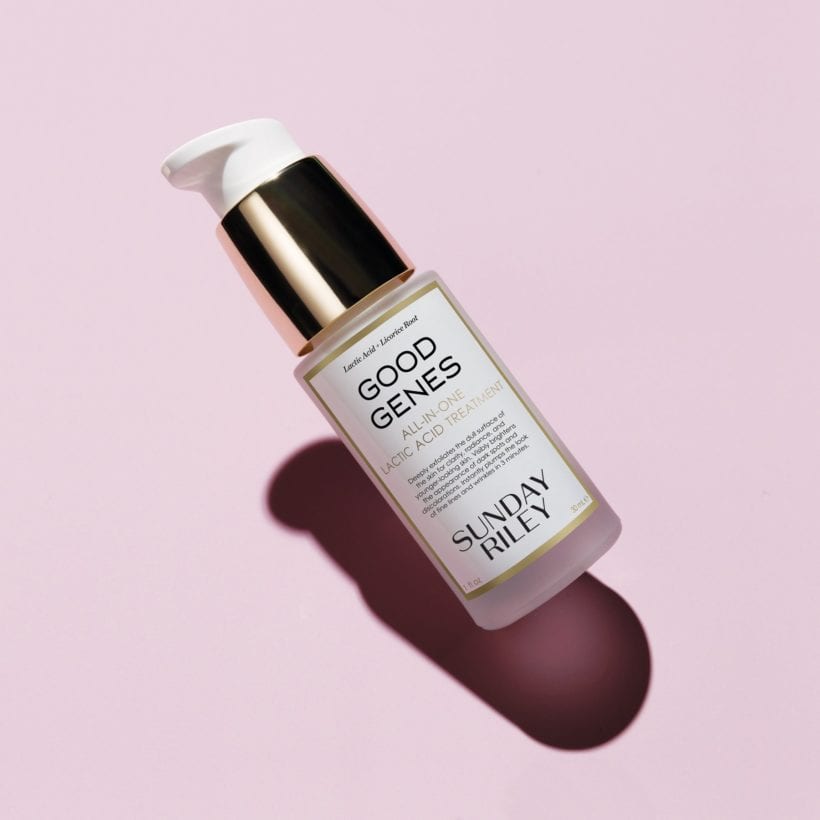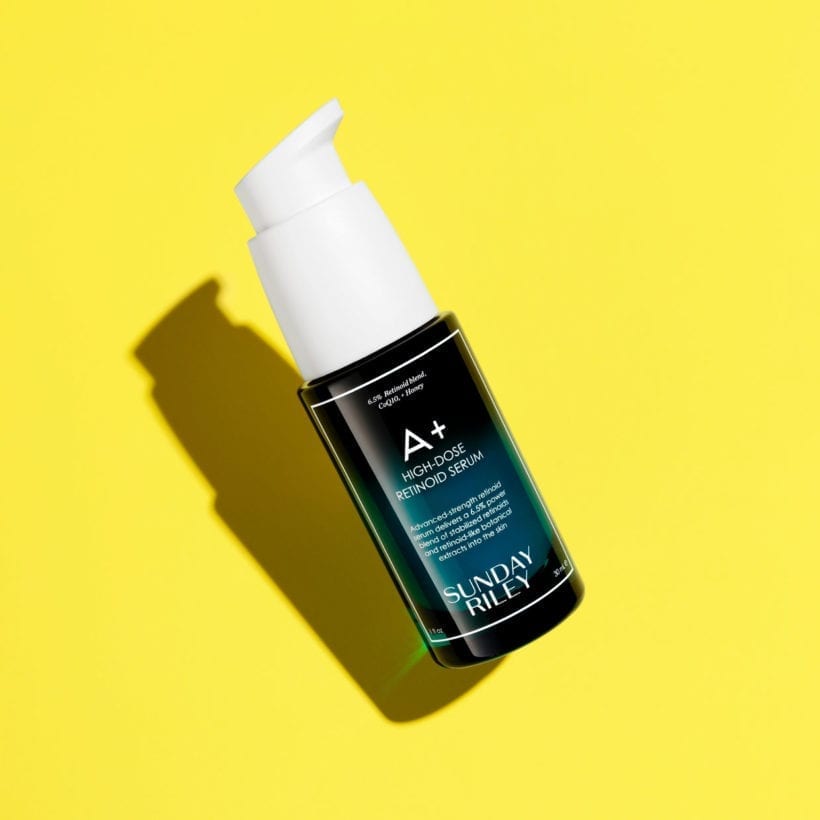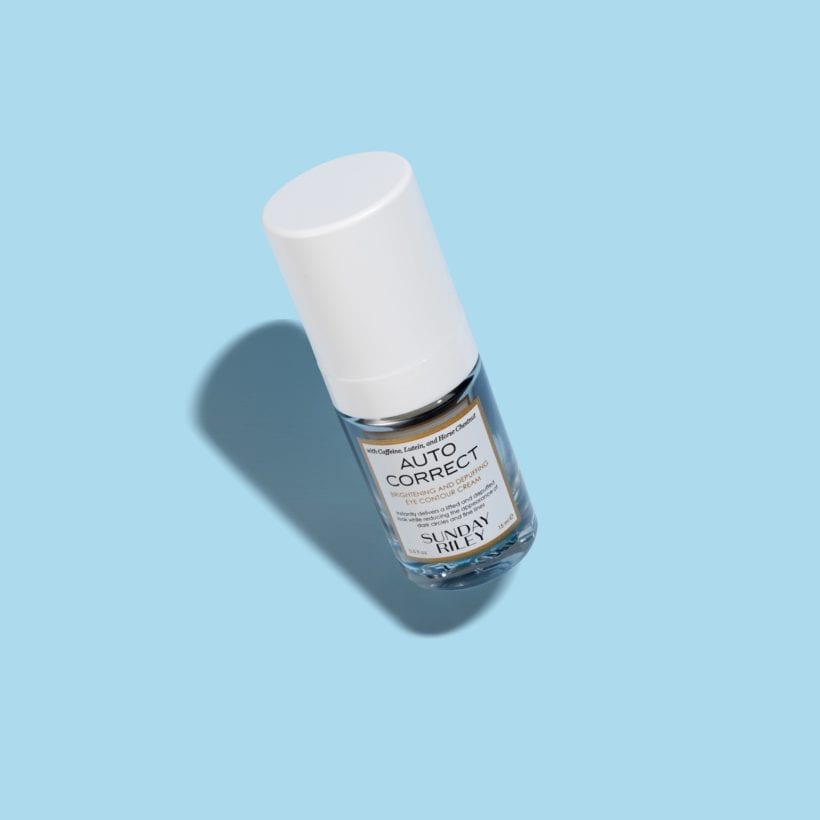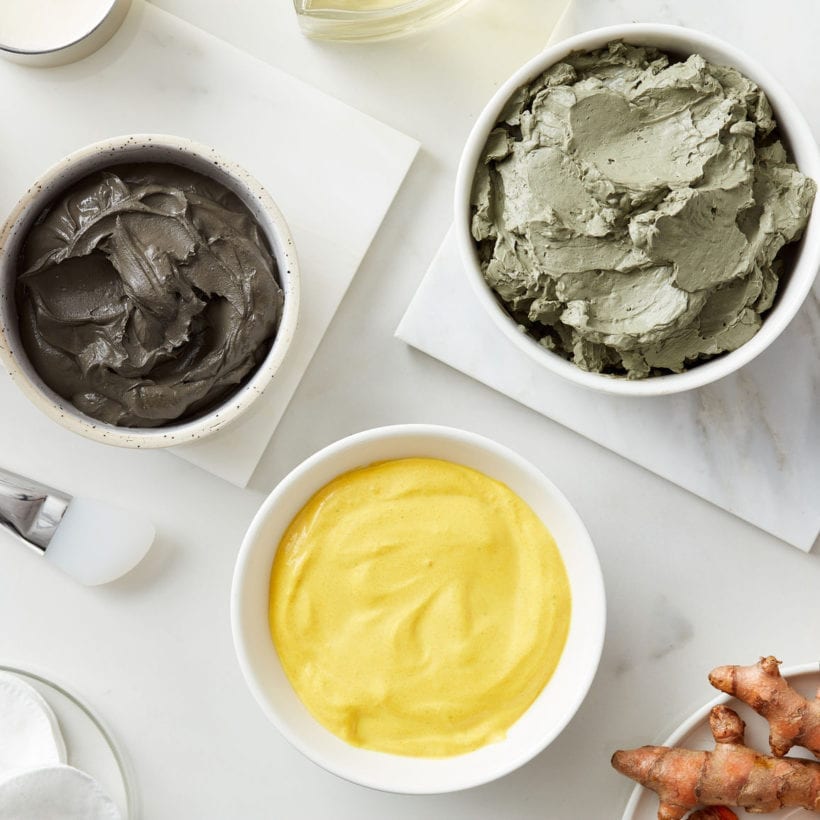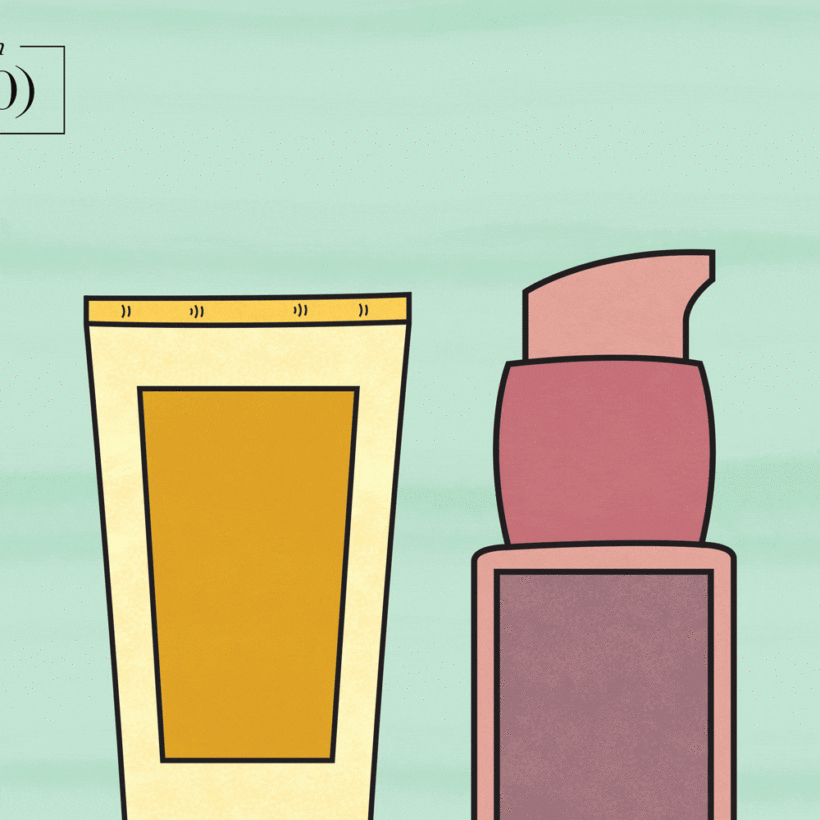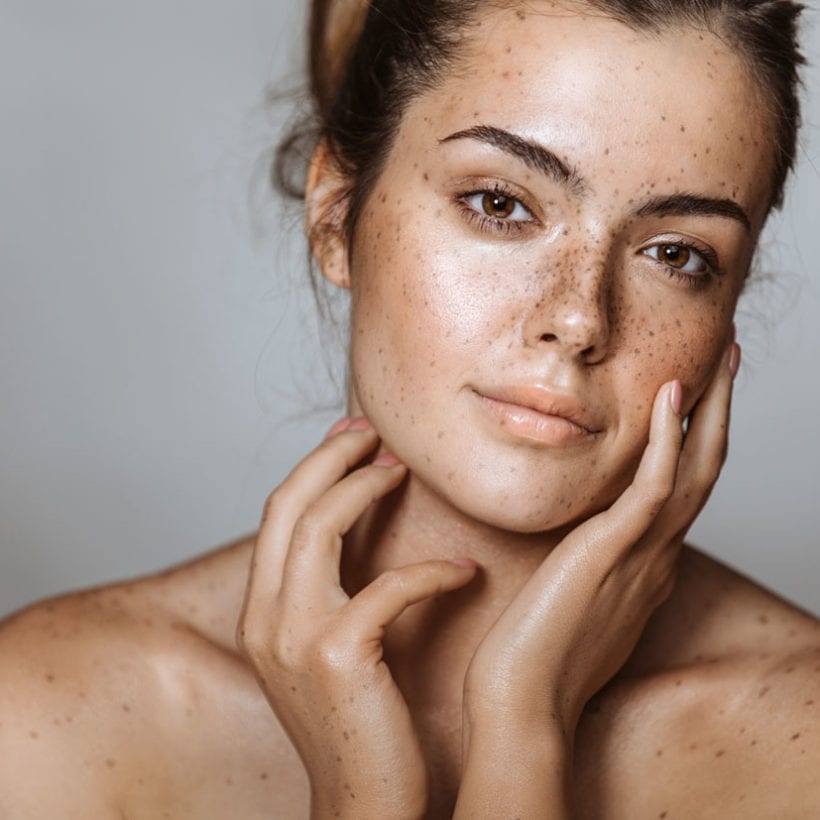Sure, your skin can probably get by with a “less is more” philosophy. But if you want to reach its glowiest, healthiest potential, most dermatologists agree that it’s best to personalize your routine according to your skin’s specific needs. If you have 60 seconds, that is all it takes to add just one or two of these game-changing steps to your routine. Whether you just incorporate one of these tidbits — or you go for all of them — your skin will be better for it.
You already… wash your face at night.
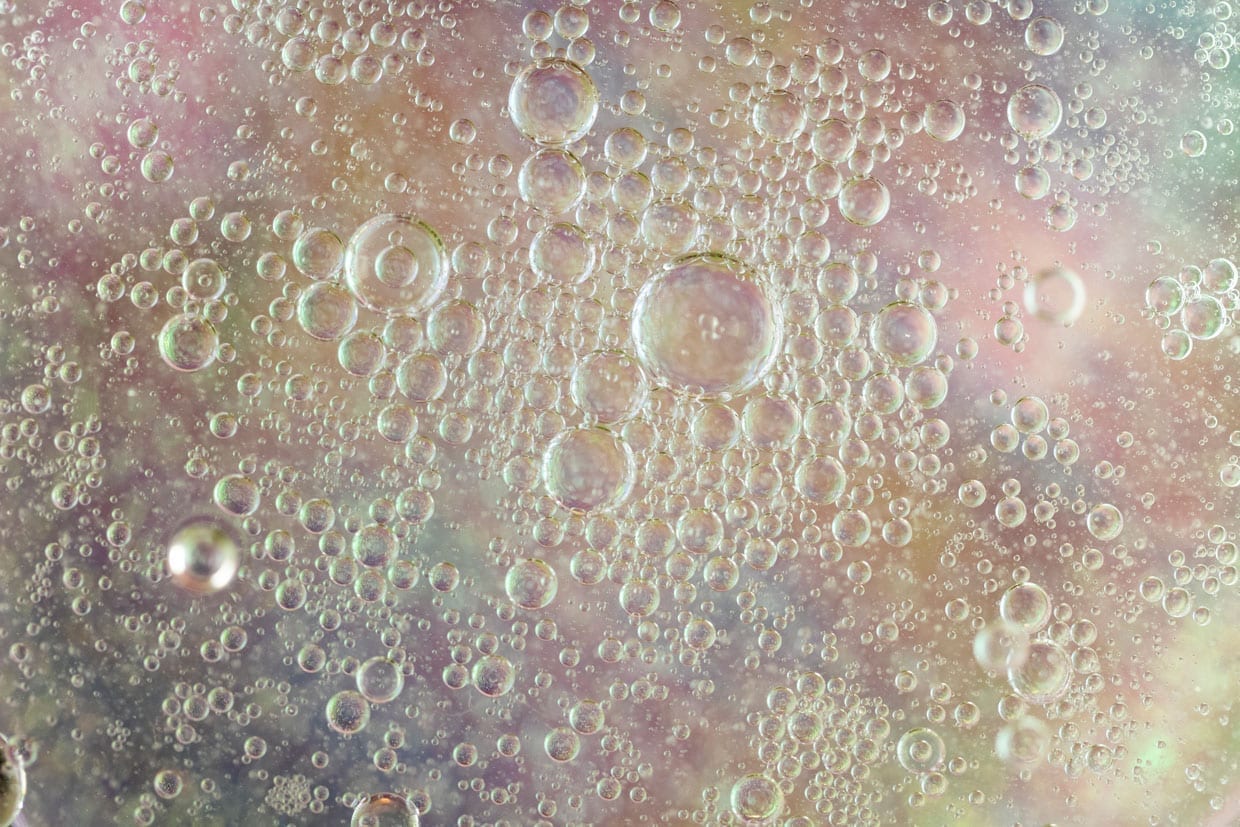
Now try… cleansing in the morning, too.
Chances are you muster enough energy to wash your face at the end of the day, but it is important to also start your day with fresh, cleansed skin. Even if it does not look dirty, your skin can still build up pollutants and irritants (from your sheets, for example) while you sleep. Your morning face cleanser should focus on hydration (a gentle milk, oil or gel cleanser is perfect for this) while your nighttime cleanser “involves cleansing the skin thoroughly of make-up, oil, dirt and environmental pollutants that our skin is exposed to every day,” explains Peterson Pierre, M.D., dermatologist and founder of the Pierre Skin Care Institute in Thousand Oaks, California.
You already… use a chemical exfoliant.
Now try… using it up to twice a day.
About every seven to 10 days, Deanne Mraz Robinson, MD, FAAD, dermatologist with Modern Dermatology of Connecticut, recommends a chemical exfoliant, such as glycolic acid, salicylic acid or lactic acid to slough off build-up of keratin, dead skin cells and debris. “This helps keep your complexion glowing and can help with acne and fine lines and wrinkles,” she adds. People with mature skin who are experiencing dullness, dryness, or loss of elasticity can even use chemical exfoliants twice (once in the morning, then again in the evening).
You already… treat acne.
Now try… incorporating retinol.
Most of us tend to associate retinol with anti-aging. While it certainly is a powerful topical time-reverser, it does more than smooth out fine lines and wrinkles. “It can be fantastic for staving off precancerous cells, addressing acne and acne scarring,” says Robinson. Retinol is a derivative of vitamin A, which encourages cell turnover and exfoliates dead skin cells so you dissolve clogged pores that could lead to blemishes. If you have tried an Rx strength retinoid and it is too much for your skin to handle, she suggests opting for a less potent, over-the-counter retinol treatment or a gentler, plant-derived retinol called bakuchiol, which may be less irritating.
You already… moisturize your face.
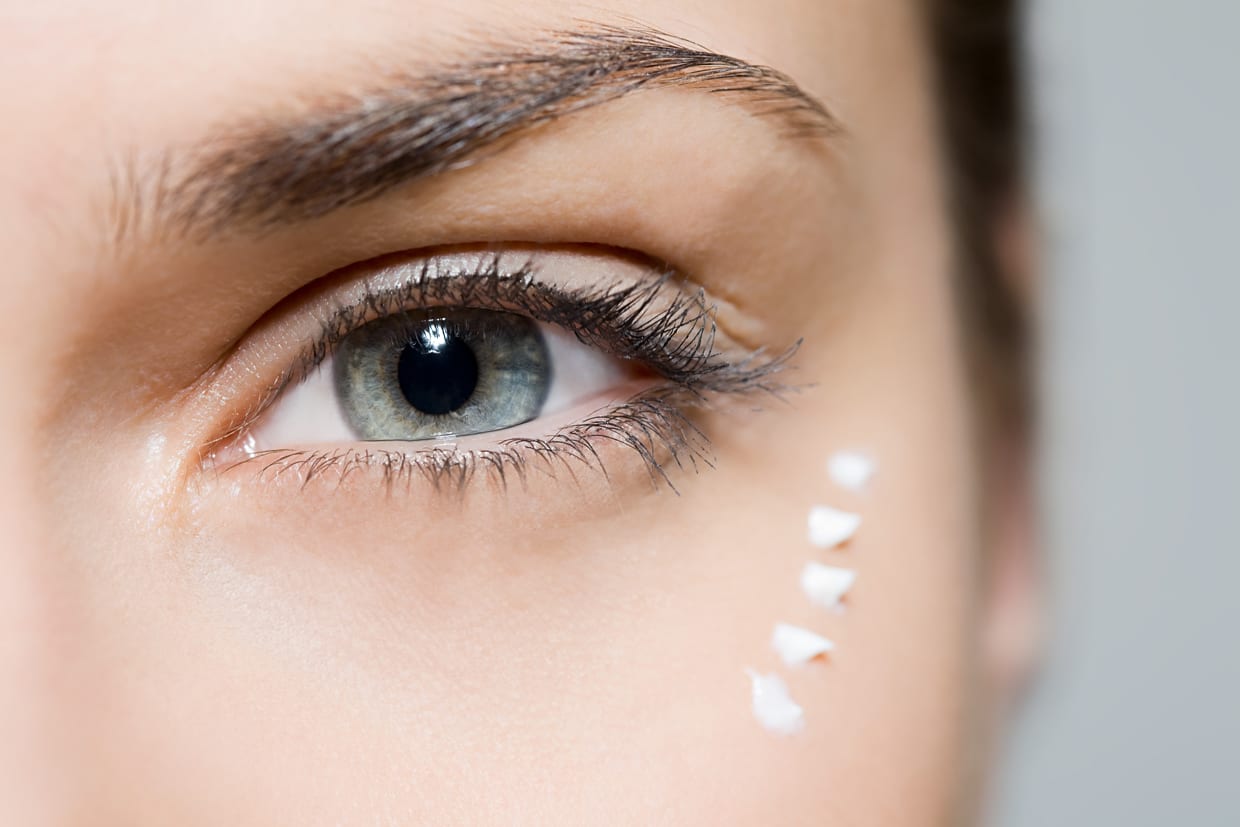
Now try… using a cream specifically for your eyes.
“The skin under and around your eyes tends to be more sensitive and delicate than the surrounding areas, resulting in different treatment needs for concerns such as dark spots or fine lines,” explains Gretchen Frieling, M.D., Boston-area dermatopathologist. “A formulated eye cream allows for a lower dosage of ingredients than your typical moisturizer because this delicate area of skin under your eyes can become easily irritated from an overdose of products.” To make your cream more efficient add a jade roller (store it in the fridge for a cooling, depuffing effect) or massage when you are applying it. Try to choose eye cream with light-reflecting particles if you have dark circles.
You already… use sunscreen.
Now try… applying an antioxidant serum beforehand.
This may come as a surprise, but SPF is not enough to fully protect yourself against the sun. Apply a few drops of an antioxidant serum before your daily dose of sunscreen to help boost its efficacy and counteract free radical damage that can happen from sun exposure. This also ensures your face is getting some level of protection if you miss a few spots while applying sunscreen. “Not only do they help prevent damage to skin cells from sun, pollution, and a myriad of environmental factors, but over time, they help with skin texture, red and dark spots,” explains Cheryl Karcher, M.D., New York City-based cosmetic and medical dermatologist. So long as you are over the age of 15, she recommends that you incorporate this essential step in your skincare routine.
You already… wear SPF outside.
Now try… using it indoors as well.
If you apply sunscreen religiously when you are in the sun, you are off to a great start, but you should also be applying it when you are sitting at your desk. UVA rays can penetrate through your windows and cause skin damage. “SPF is vital to your skincare because it not only protects you from premature aging skin, it prevents the development of skin cancer,” says Frieling. In fact, even if your other skincare or makeup products contain an SPF, you should still be applying sunscreen in addition. “More often than not, these products do not have full coverage protection from the sun,” Frieling explains. When looking for an SPF to add to your everyday skincare routine, she suggests products that are mineral-based and contain zinc, which provide a physical barrier over a chemical one, which further prevents excessive sun rays.
You already… do yearly skin checks.

Now try… keeping a “skin diary.”
Self-examination for new spots or changes to existing marks is a critical step in early detection of skin cancers. “Take a look at your skin closely (but don’t pick!) every month. Notice any new spots, a pimple that won’t go away, a new freckle, dry patch of skin,” says Robinson. It is easier to keep track of changes if you have a pigmentation diary by taking photos of any suspicious marks over time. “All of this is important to notice so you can show your board-certified dermatologist,” she says. If you see something that gives you concern, schedule an appointment with your dermatologist so he or she can have a look.
We only recommend products we have independently researched, tested, and loved. If you purchase a product found through our links, Sunday Edit may earn an affiliate commission.

